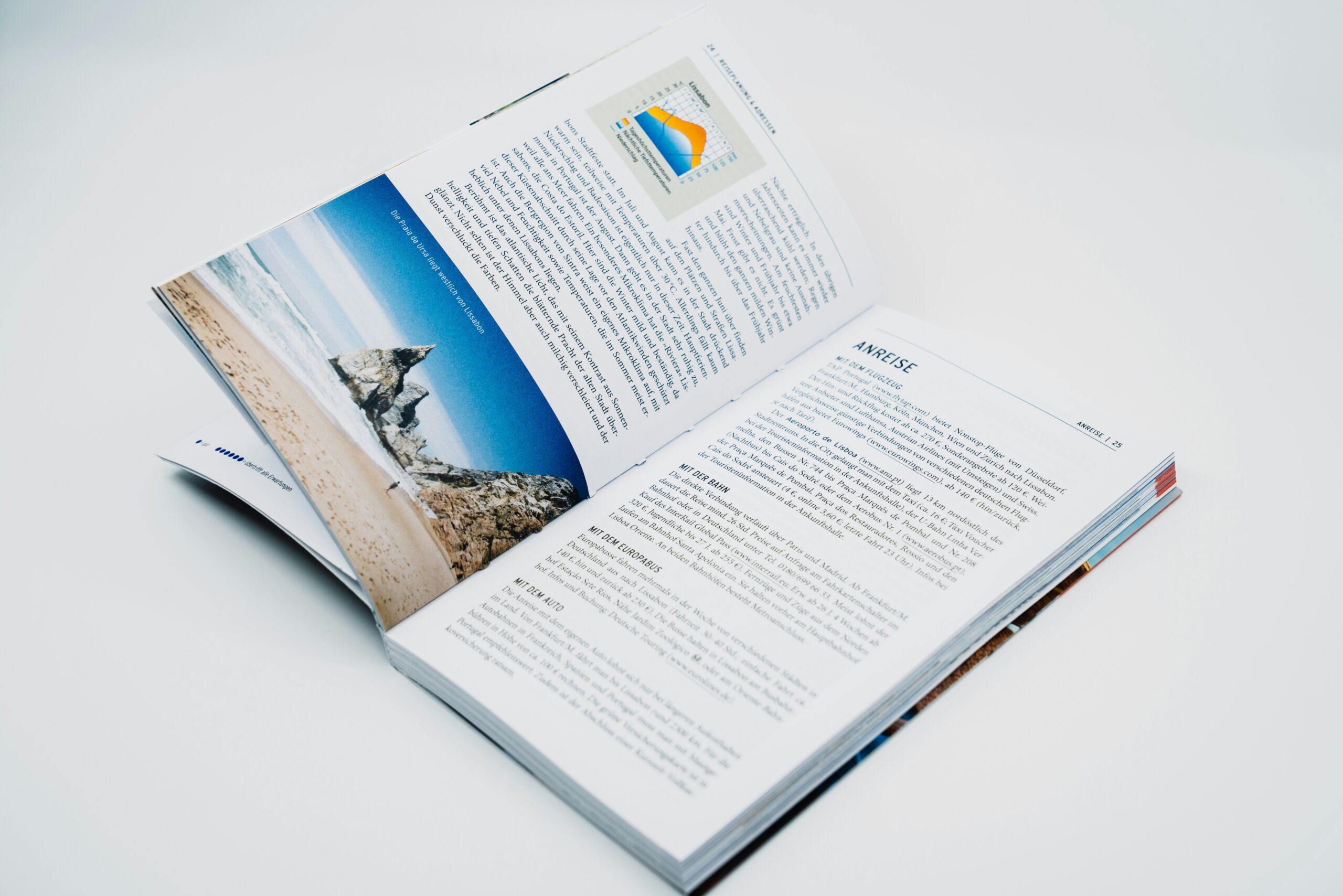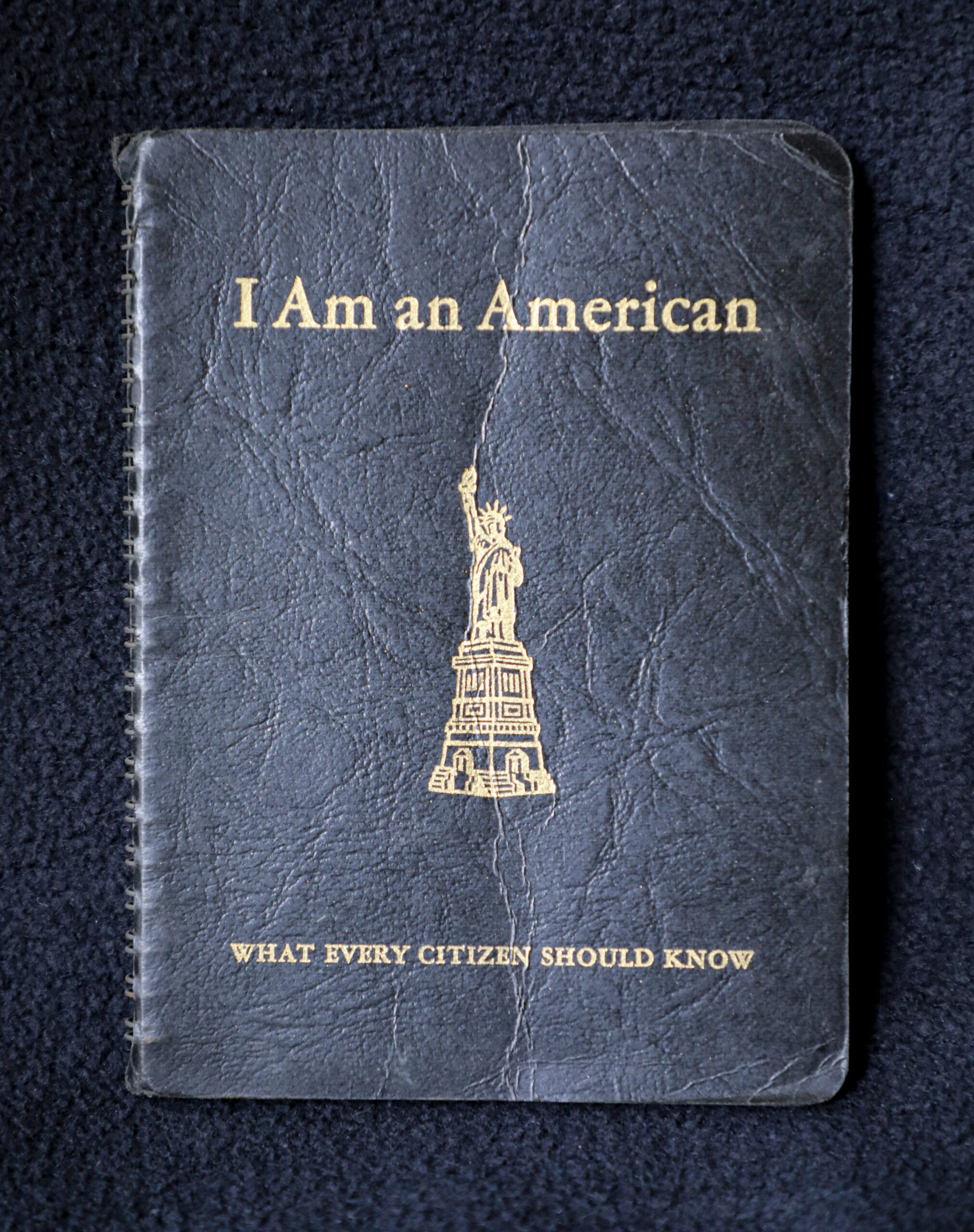Gina Rinehart’s name is synonymous with wealth, success and innovation. As the executive chairman of Hancock Prospecting, a company founded by her father in the 1950s, Rinehart inherited a struggling business that she turned into a global powerhouse. Her story is one of grit, determination, and a fierce entrepreneurial spirit that has made her one of Australia’s wealthiest and most successful women.
Here is a list of the top 10 richest people in Australia and what they do
Birth And Education
Gina Rinehart’s life story reads like a true-blue Australian success tale. Born in Perth on 9th February 1954, Rinehart’s childhood was spent in the Pilbara region, where her father Lang Hancock discovered some of the world’s largest iron ore deposits in 1952. She was the only child of Hope Margaret Nicholas and Lang Hancock. As a result, she learned about the mining industry at a young age, witnessing firsthand the development of the industry in the region.
Growing up, Rinehart attended the prestigious St Hilda’s Anglican School for Girls in Perth, where she was a bright student with a keen interest in her father’s business. After completing her schooling, she enrolled at the University of Sydney to study economics but soon found the left-wing culture to be a mismatch with her interests. Without wasting any time, Rinehart dropped out after one year and returned home to work with her father at Hancock Prospecting.
Hancock Mining Company
As her father’s right-hand woman, Rinehart gained invaluable knowledge of the mining industry and played an active role in expanding the business. She learned the ropes of the industry from her father and helped him navigate the challenges that come with building a successful mining company.
When Lang Hancock passed away in 1992, he left behind a bankrupt estate with many legal disputes and debts. When Gina Rinehart took over Hancock Prospecting in 1992, the company’s total wealth was estimated at A$ 75 million. However, this figure did not account for the group’s liabilities and contingent liabilities, which posed a significant challenge for Rinehart as she sought to revive the company and expand its operations.
Rise of Gina Rinehart To The Top
Despite the challenges, Gina Rinehart managed to secure a state agreement and a joint venture with Rio Tinto to develop four major iron ore mines at Hope Downs. She also made significant investments in other minerals such as copper, potash, gold, and coal, further expanding the company’s portfolio.
In the 2000s, Rinehart’s wealth soared thanks to the iron ore boom, driven by China’s high demand for the mineral. The price of iron ore skyrocketed from around $20 per tones in 2003 to over $180 per ton in 2011, resulting in a massive boost for Rinehart’s company, which increased production and exports.
By 2006, Rinehart had become a billionaire, and by 2011, she had become Australia’s richest person. In the same year, she diversified into other sectors such as agriculture, acquiring several cattle stations and dairy farms. She also made investments in media companies such as Ten Network Holdings and Fairfax Media, although she later sold her stake in the latter in 2015.
One of Rinehart’s most significant achievements was the development of the mega Roy Hill project, which is Australia’s largest single iron ore mine. According to Forbes, Rinehart’s net worth reached around $29 billion in 2012, making her the richest woman in the world at that time.
Today, she worth about $31 Billion as at the time of publish this article, making her the richest woman in Australia.
Gina Rinehart Family

Is Gina Rinehart Married? Gina has had two marriages and has four children. Her first husband, Greg Milton, was married to her in 1973, and they had two children, John Langley (born 1976) and Bianca Hope (born 1979). Unfortunately, their marriage ended in divorce in 1981.
In 1983, Gina Rinehart married Frank Rinehart, an American lawyer, and they had two daughters, Hope Margaret (born 1986) and Ginia Louise (born 1987). Sadly, Frank Rinehart passed away from a heart attack in 1990.
Gina Rinehart’s children have also pursued their careers, and they have all been associated with Hancock Prospecting, the family’s mining company. John Langley studied commerce at the University of Queensland and completed his MBA at Bond University. He is currently a director of Hancock Prospecting and Roy Hill Holdings.
Bianca Hope, on the other hand, studied arts and law at the University of Sydney and earned a master’s degree in international relations at the University of Cambridge. She is presently a director of Hancock Prospecting and the chairwoman of the Hancock Family Memorial Foundation Trust.
Hope Margaret studied psychology at Bond University and completed her master’s degree in counseling at Monash University. She is currently a director of Hancock Prospecting and resides in New York with her husband and four children.
Ginia Louise studied business administration at Bond University and completed her master’s degree in project management at the University of Sydney. She is currently a director of Hancock Prospecting and resides in London with her husband.
Rinehart’s Philanthropy
- She is the patron of four Olympic teams: swimming, volleyball, artistic swimming and rowing. She has donated millions of dollars to help Australian athletes achieve their dreams and has received an Order of Merit from the Australian Olympic Organisation for her long-standing involvement and support.
- She has funded scholarships, research centres and awards for students and academics in various fields such as mining engineering, agriculture, medicine and journalism. She has also supported educational institutions such as Bond University, the University of Queensland and the Royal Flying Doctor Service.
- She has made significant contributions to various health and medical causes such as breast cancer research, children’s hospitals, mental health awareness and rural health services. She has also supported organisations such as Lifeline, the Salvation Army and the Cambodian Children’s Fund.
- She has sponsored several
- cultural and artistic events such as the Brisbane Fashion Festival, the Australian Ballet, the West Australian Opera and the Sydney Writers’ Festival. She has also supported Indigenous artists and communities through initiatives such as the Karijini Experience and the National Aboriginal Art Awards.
- She has received several awards and recognition for her philanthropic work such as the Australian Export Heroes Award, the Outstanding Leadership of a Mining Company Award, the Diggers and Dealers “Deal of the Year Award” and the Queensland Community Foundation Board of Governors Award for Outstanding Achievement
Controversies
Gina Rinehart has been involved in several legal disputes over her family trust, her business interests and her media investments. She has been locked in a prolonged legal battle with her children John, Bianca and Hope over their family trust, which holds a 23.4 per cent stake in Hancock Prospecting. The children allege that Rinehart acted “deceitfully” and “with gross dishonesty” in her dealings with the trust, which was set up by her father in 1988. Rinehart denies the allegations and claims that the children are motivated by greed. The case has been going on since 2011 and is still unresolved.
Rinehart has also faced legal challenges from her former business partners and rivals over various mining projects and agreements. She has been sued by Wright Prospecting, a company founded by her father’s former partner Peter Wright, over the ownership of the Rhodes Ridge iron ore deposit. She has also been sued by Rio Tinto over the terms of the Hope Downs joint venture agreement. She has also been involved in a dispute with Clive Palmer over the royalties from the Sino Iron project .
Rinehart has also attracted criticism for her media investments and her political views. She has been accused of trying to influence the editorial direction of Fairfax Media, where she was a major shareholder until 2015. She has also been criticised for her support of conservative politicians and causes, such as opposing the carbon tax and the mining tax, and advocating for lower wages and less regulation. She has also been denounced for her controversial comments on climate change, poverty and immigration.













